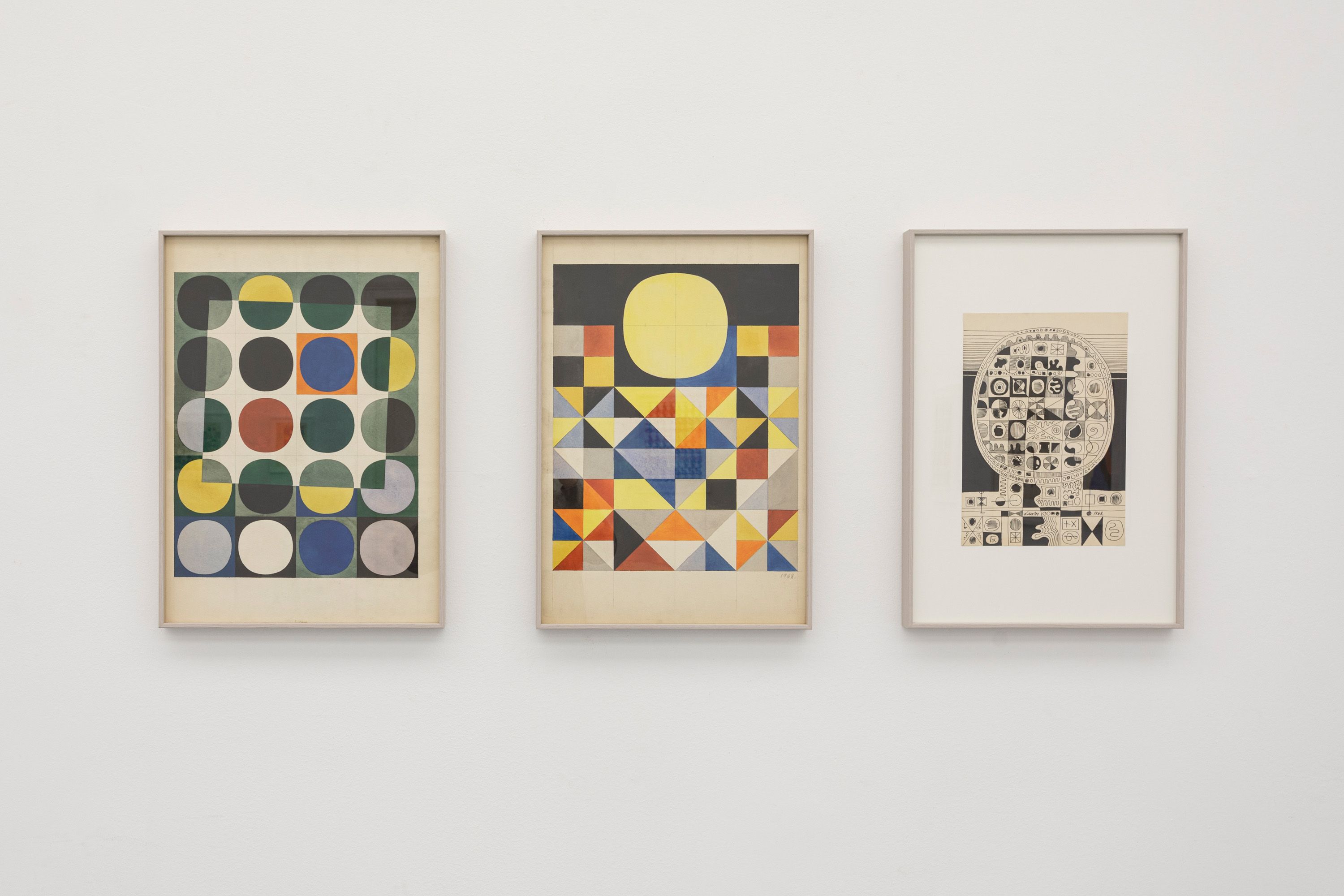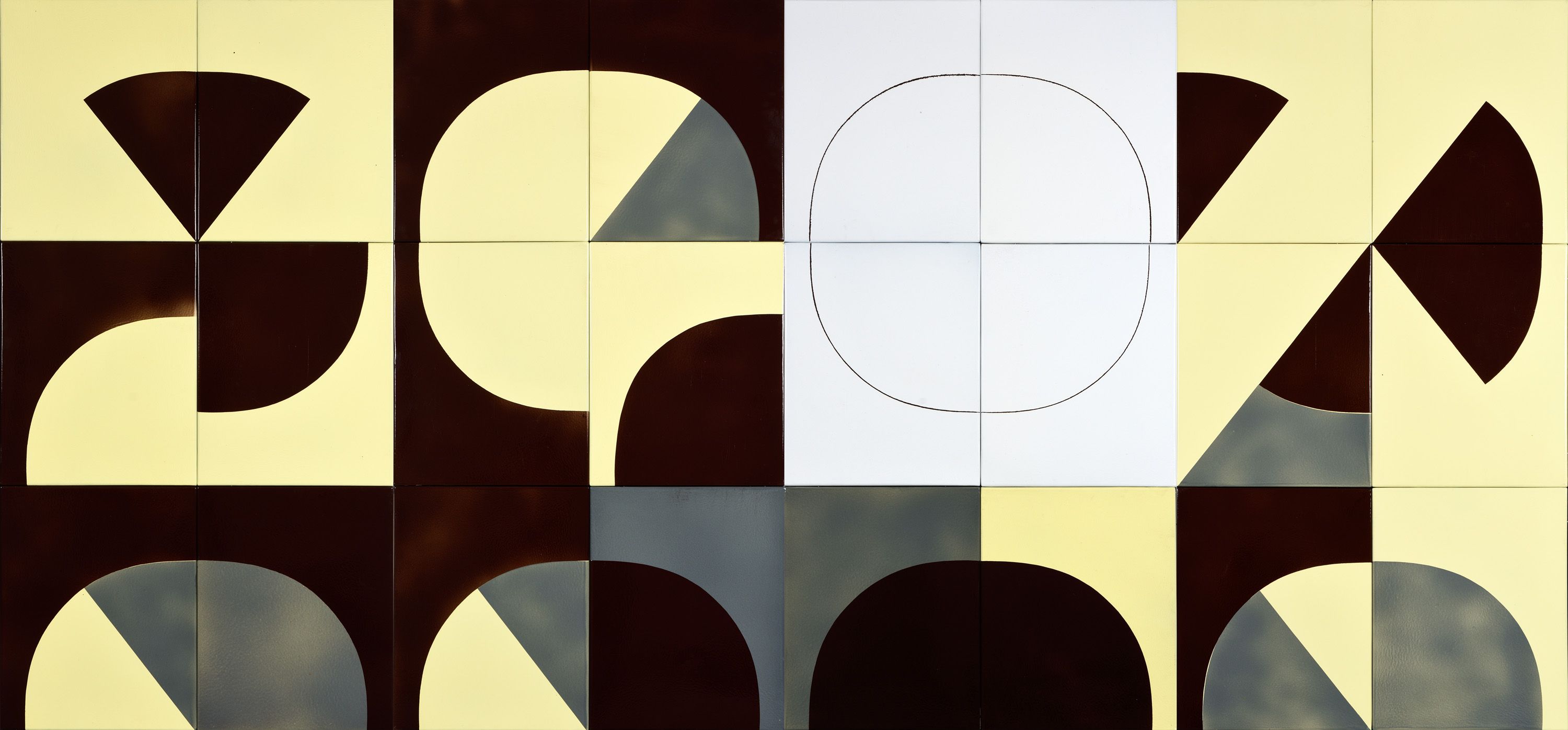Ferenc Lantos
Related Worlds
| Venue: | acb Gallery |
| Date: | Nov 13 – Dec 11, 2020 |
Description
Related Worlds focuses on a key period in the oeuvre of Ferenc Lantos (1929–2014), when — his creative approach governed by the intention of harmonizing artistic and social ambitions with nature — he discovered the central motif for his visual language. With its formal- and colour characteristics symbolizing perfection, the circle made it possible for Lantos to seek answers to general human problems with the devices of art, and to phrase universal questions in a visual language.
The motif of the circle had already gained increasing importance in his representational paintings from the late fifties, and by the mid-sixties, it had practically become the sole compositional principle of his images, leading to the abstraction of his art, rendered even more solid by geometric construction in the seventies. The current exhibition offers a selection of paper works and paintings from the mid-sixties through the late seventies, which reveal the formally, stylistically and structurally diverse and progressive character of the circle, a principal element in Lantos’ motif-set.
As the underlying principle of his nature-based art, he cited — primarily based on Paul Klee’s conception of art and the teachings of his master Ferenc Martyn — the lessons learned from the structural correlations inherent in the natural world. He adopted the geometric character of Klee’s cosmology, constructed from the relationship of part and whole. The circular shapes derived from the classical genres of landscape and portrait — defining the sun in landscape and the head in portrait — are evocative of Klee, as are the organic circles and squares “planted” in grid structures filling up almost the entire surface of the image. Nevertheless, it was mainly as Martyn’s disciple that Lantos adopted the open-rhythm image constructing practice that made it possible for him to create a serial, modular visual language that would define his entire oeuvre.
In such types of images as Twenty Circles, One Square, or Microcosm, the relation of circle and square evolved into an autonomous organizing principle. Often found in nature as well, the formal dichotomy of the circle and the square allowed for an infinite series of stricter geometric variations throughout the seventies and eighties, in addition to the interpretation that attributes meaning to geometric shapes. In terms of the structuralist thought defining several fields of the period’s culture, coupled with Kassák’s constructivist utopia, Lantos intended to give rise to a universal visual system by aligning the dynamic relationship-variants of the quarter-circle and the square. To sum up, Lantos represented a painting program that advocated, in its own autonomous manner, the modernization of vision and visual culture on a scientific basis, serving the purposes of both the individual and the community.

